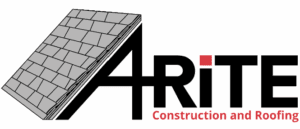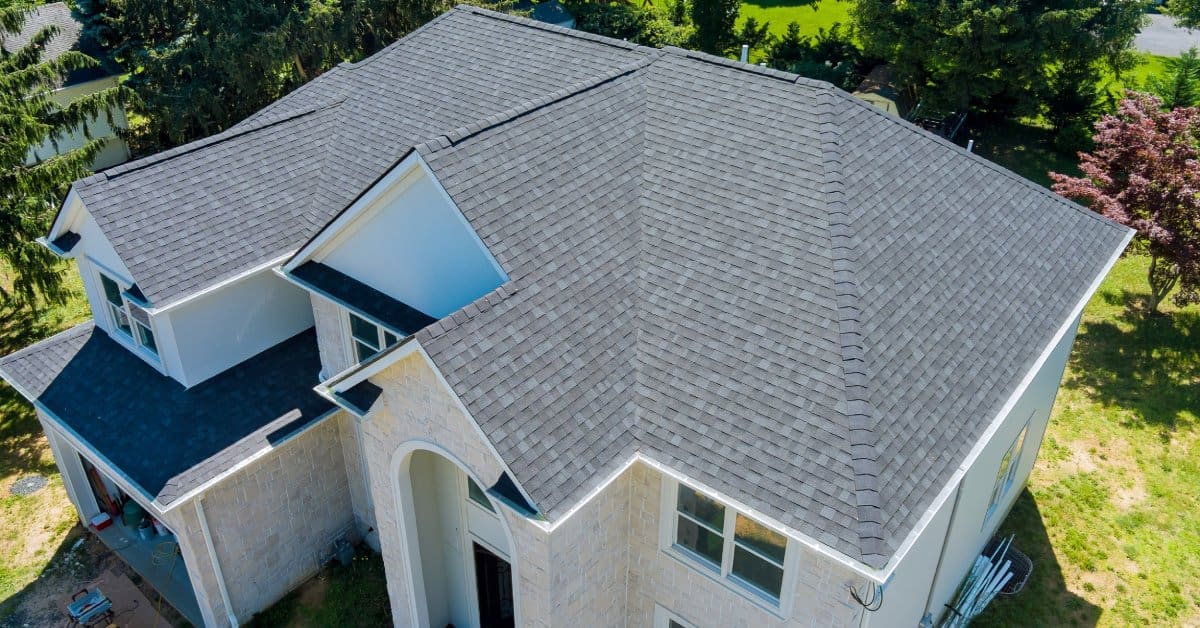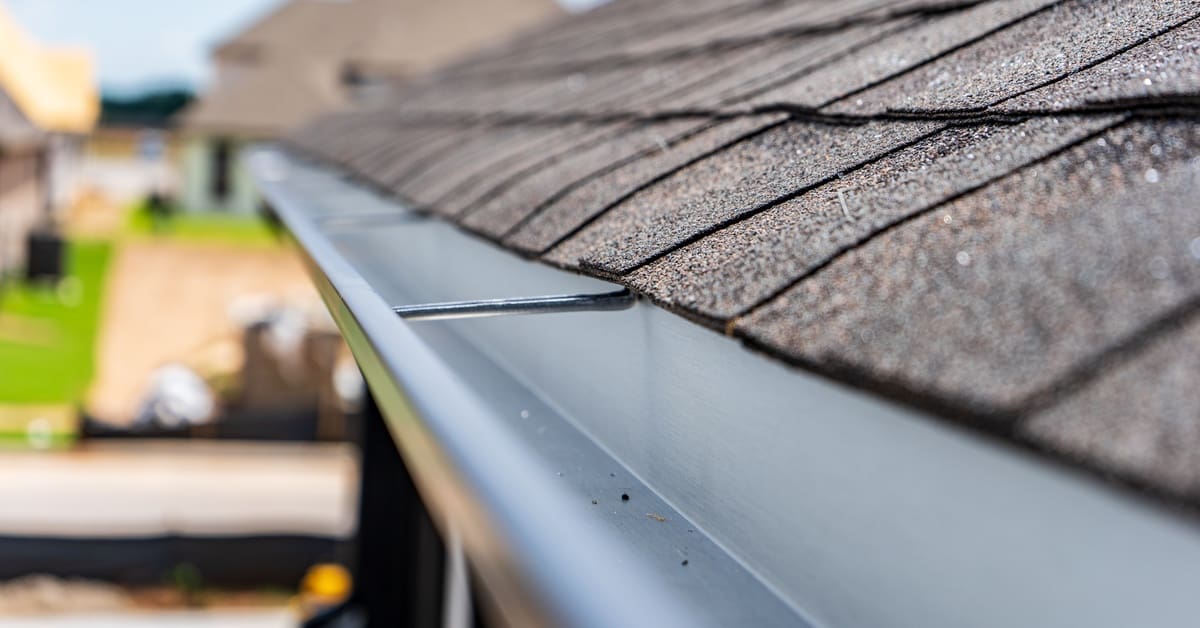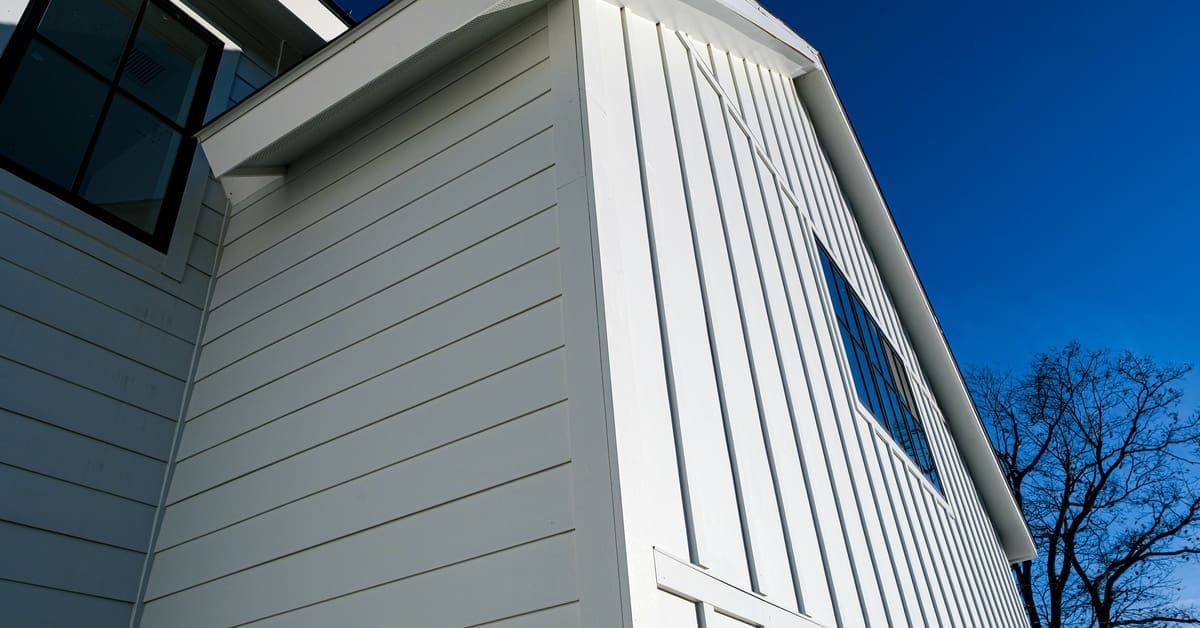The roof is one of the most important—and costly—parts of the home. It safeguards the structure and everything inside from rain, snow, sun, and wind. With routine care and attention, homeowners can significantly reduce the risk of premature roof failure and preserve their roof’s long-term value.
According to The Journal of Light Construction, roof replacement provided an average return on investment of 56.9 percent in 2024, making regular upkeep a smart financial decision for homeowners. With these five tips for extending a roof’s lifespan, we’ll help you protect your investment so you get the most out of your roof.
1. Conduct Regular Roof Inspections
Recurring roof inspections are crucial for identifying potential issues. Examine your roof at least twice a year—once in the spring and again in the fall. Additionally, check for any damage after severe weather events.
Follow the steps below to perform a thorough inspection.
Exterior Inspection
Use binoculars to examine the roof from the ground. Look for missing, loose, cracking, or curling shingles. Also, check for granules in the gutters, which can indicate shingle wear. Examine the flashing around chimneys, vents, and skylights for signs of rust or damage.
Interior Inspection
In your attic, look for signs of water stains, mold, or sagging rafters. These can indicate leaks or poor ventilation. Ensure that insulation is evenly distributed and does not block vents.
Gutters and Downspouts
Confirm gutters are clear of debris and securely attached, and check that the downspouts direct water away from the foundation to prevent water damage.
Pro Tip
While regular DIY inspections are beneficial, an annual professional checkup can identify issues that might go unnoticed. Professionals have the expertise and equipment to assess your roof thoroughly. They can detect hidden problems and recommend necessary repairs.
2. Maintain Clean Gutters and Downspouts
Clogged or poorly maintained gutters are among the most common, yet preventable, threats to your roof. When water can’t flow freely through the gutter system, it backs up and pools along the roof’s edge and seeps beneath shingles. Over time, this leads to rot, mold, and foundation damage if water collects around the base of the home.
To prevent these issues, clear your gutters biannually in the spring and fall. More frequent cleaning will be necessary if overhanging trees surround the home.
How To Clean Your Gutters
Start by carefully removing large debris, such as leaves, twigs, and seed pods, with a gutter scoop or small trowel. Next, flush the gutters with a hose to clear out finer sediment, and check for proper water flow through the downspouts. If water overflows or drains slowly, check the downspouts for blockages, and dislodge them with a plumber’s snake or high-pressure water.
Inspect the system for sagging sections, loose brackets, or rusted components that may need repair or replacement. For long-term efficiency, install gutter guards to minimize future buildup and reduce cleaning frequency.
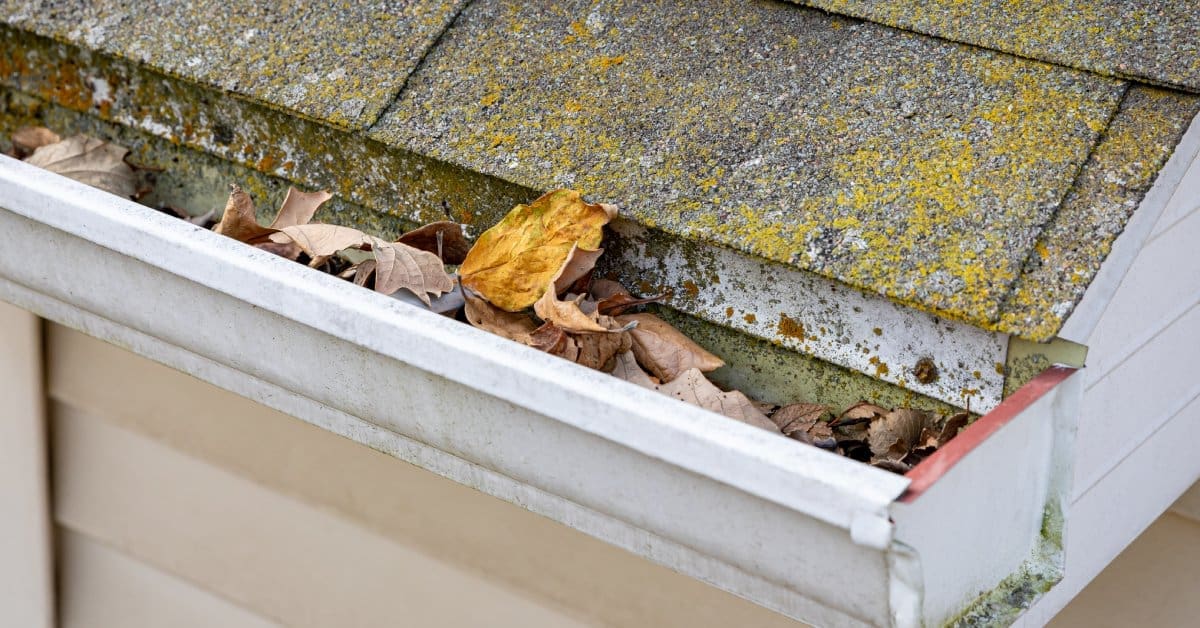
3. Address Moss and Algae Promptly
Moss and algae growth may seem like cosmetic issues, but left unchecked, they can seriously compromise a roof’s longevity. Moss retains moisture, which causes shingles to lift and deteriorate prematurely. Algae, particularly the black streaks commonly seen on shaded roofing sections, break down the protective granules on shingles over time, weakening their ability to shield a home from the elements.
How To Remove Moss and Algae
To clean moss and algae, avoid using a pressure washer as it can damage the shingle surface and void manufacturer warranties. Instead, use a gentle solution of half water and half household bleach. Apply it with a garden sprayer, and allow it to sit for 15 to 20 minutes. Then, gently scrub the area with a soft-bristled brush, and rinse thoroughly. Make sure to protect the surrounding landscaping from runoff.
Installing zinc or copper strips near the roof ridge offers long-term prevention. When rainwater washes over these metals, it releases ions that inhibit moss and algae growth. Trimming overhanging branches also helps by increasing sunlight exposure and reducing dampness.
4. Trim Trees and Overhanging Branches
Trees add curb appeal and shade to your property, but overhanging branches pose a serious threat to your roof. During windstorms or heavy snow, limbs can snap and fall, damaging shingles and possibly puncturing the roof deck. Even without inclement weather, branches brushing against the surface of the roof wear down shingles over time, weakening the outer layer and accelerating deterioration.
In addition to physical damage, leaves and twigs frequently collect in roof valleys and gutters, trapping moisture and promoting the spread of moss, algae, and mold. This organic buildup creates damp conditions that degrade roofing materials, leading to rot and leaks.
To prevent these issues, regularly inspect trees near the home, and trim branches back at least 6 to 10 feet from the roofline. This protects the surface of the roof, reduces leaf accumulation, and limits access points for pests like squirrels and raccoons to damage vents or nest in attics. If the trees are large or close to power lines, hire a certified arborist or tree-trimming service to handle the work safely.
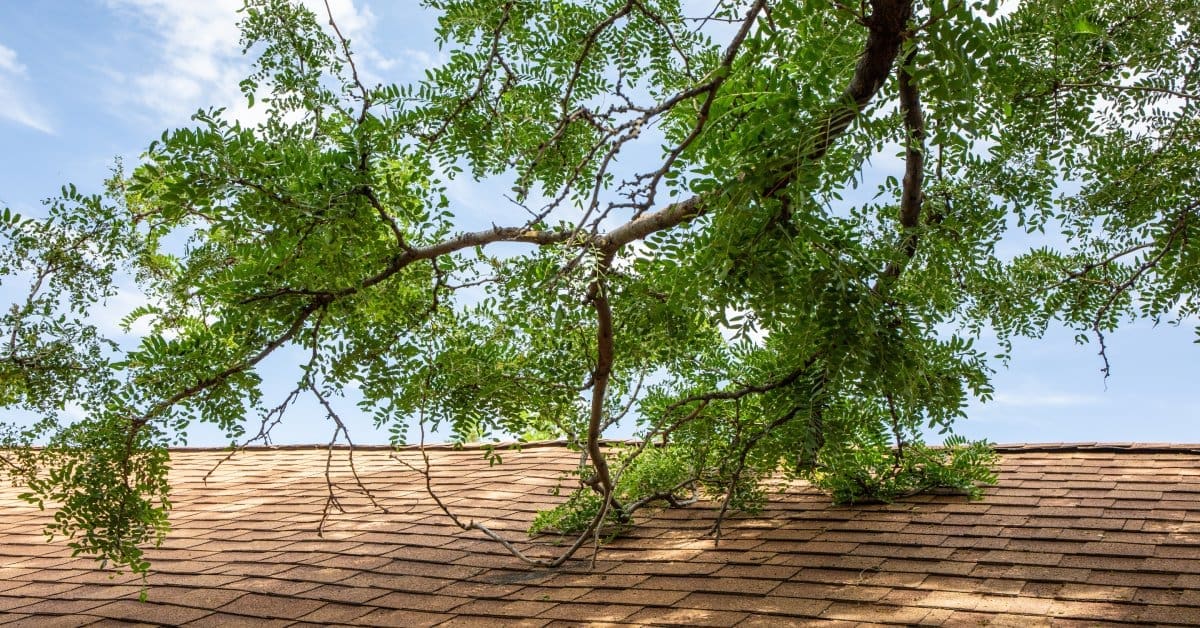
5. Ensure Proper Attic Ventilation and Insulation
Your attic plays a role in your roof’s overall condition. Effective attic ventilation allows hot, humid air to escape in warm months, reducing the strain on the roof and stabilizing indoor temperatures. During winter, ventilation maintains a cooler roof temperature to minimize snowmelt that leads to ice dam formation.
Look for ridge vents along the roof’s peak, soffit vents under the eaves, and gable vents on exterior walls. Make sure these vents are unobstructed by insulation, debris, or nesting pests.
Inadequate insulation allows warm indoor air to rise into the attic and heat the underside of your roof. This accelerates snowmelt during Wisconsin’s long winters, increasing the risk of ice dams. Insulation also keeps the home’s heating and cooling costs down, giving energy savings and protection from roof stress.
Inspect your attic at least once a year, and add or adjust insulation as needed. If you’re unsure what insulation or ventilation your attic needs, a professional energy audit or roofing contractor can provide customized recommendations. And if ice does form, scheduling professional ice dam removal is crucial to prevent damage.
Make Roof Longevity a Priority
A well-maintained roof is more than just a shield from the elements; it’s an investment in your home’s longevity and value. These five tips for extending your roof’s lifespan can prevent damage, reduce repair costs, and delay full replacement. From cleaning your gutters to improving attic ventilation, small actions go a long way.
For bigger concerns or peace of mind, trust the experts at A-Rite Construction. We provide dependable ice dam removal in Wausau, WI, as well as roof inspections and installations backed by years of experience in Wisconsin’s climate. Protect your home from the top down—reach out to A-Rite Construction to keep your roof performing like new.

